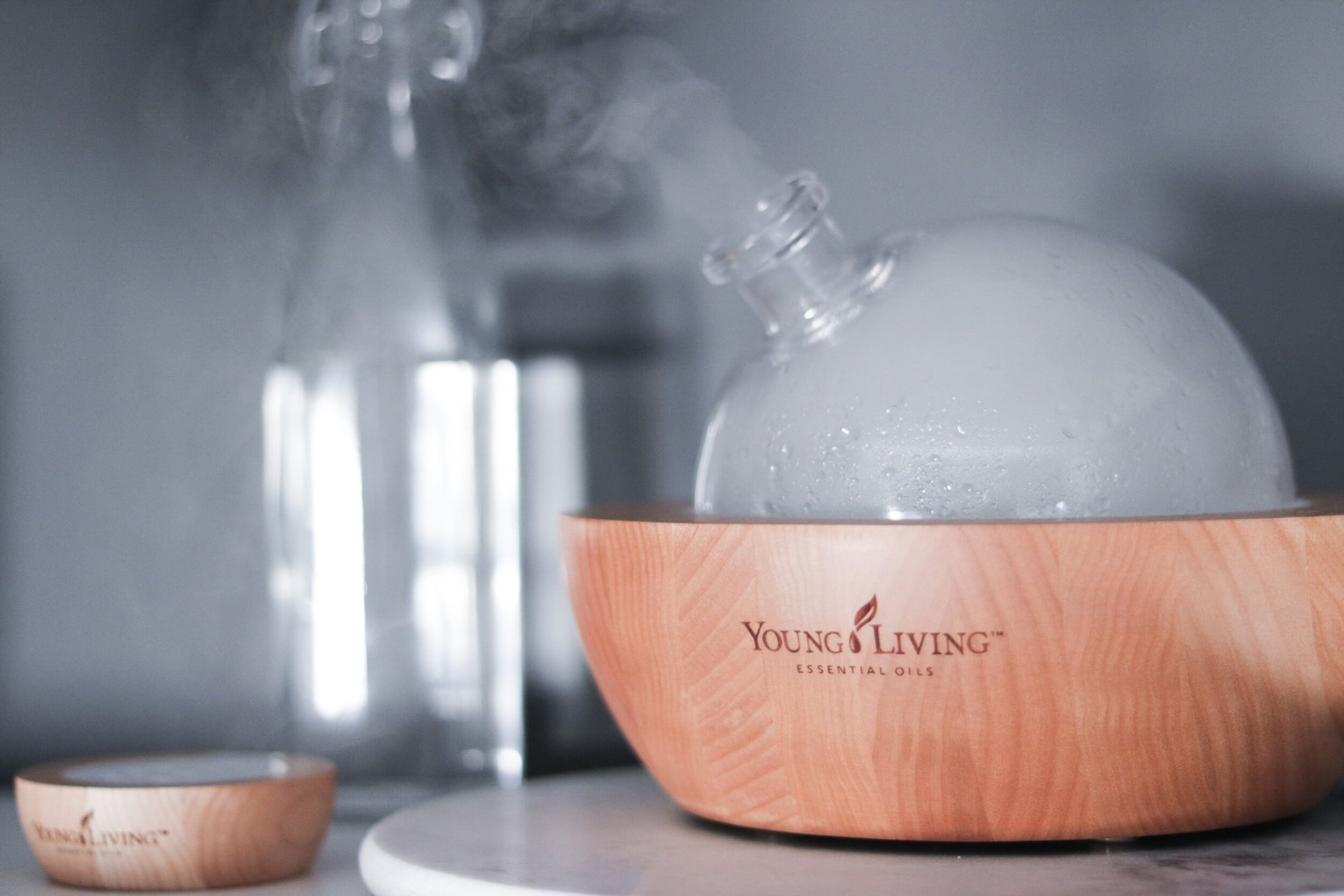The debate about pollution used to focus on urban and manufacturing pollution in cities. However, the pandemic has contributed to the (re)discovery of indoor pollution and how it affects people’s health. Contrary to outdoor pollution which tends to be more visible, indoor pollution can be difficult to see with the naked eye. In the absence of noticeable fumes or smog, it’s hard to pinpoint exactly where pollutants live inside your home. Unfortunately, not seeing pollutants inside your home is not an indication that your indoor decor is pollution-free. On the contrary, most of us are surrounded by potentially harmful particles and toxins in our homes. Here are some empowering tips to reclaim your indoor living space.
By Team Savant
Image: Felicia Buitenwerf
Focus On an Ethical Lifestyle
As a rule of thumb, air pollutants come from a variety of sources underneath your roof. Synthetic materials and chemical products tend to be the culprits being the presence of pollutants inside your home. Therefore, embracing an ethically green lifestyle can help remove a lot of existing risks. You create an environment in which you are able to control the origin of your food, household products, and homeware. The effect will be beneficial in more than one way. Indeed, firstly, you can fuel your body and household with healthy ingredients. But you also help reduce the amount of toxins in the air.
Focus On Indoor Air Quality
Investing in an air quality sensor can make a massive difference to your home. A sensor can highlight the risks inside your home, and help monitor improvements. Quality air filters nowadays can remove toxins from the air without disrupting moisture levels or airflow. Additionally, households that use an air conditioning system can benefit from regular servicing and maintenance checks from a professional 24 hour AC repair specialist. Indeed, AC units can develop faults and fail to capture dirt particles, effectively redirecting these into the house.
Unwanted Pest Removal
Mice, bed bugs, fleas are some of the most common pests in both rural and urban areas. Pests can significantly damage your home structure and hygiene. But they also have a polluting presence that can dramatically affect your health. Mice, for instance, contaminate most surfaces with urine, which means that any disease they carry could find its way onto your floor or even your kitchen cupboards and countertops. Ideally, you want to take preventive measures to stop pests from coming inside your home. Pest removal specialists also provide advising services to help keep households safe.
Consider Home Improvement Projects
Old properties are more likely to contain potentially harmful materials in the insulation, the underfloor area, or even the attic. Typically, minor damages to the material can lead to the presence of toxic dust, which may not be visible. If you are unsure about the risks inside your home structure, it can be helpful to arrange for a full audit. This can provide a starting point to health-enhancing home improvements.
Home pollutants may be invisible but that doesn’t mean they are harmless. On the contrary, the household is a source of risks. Whether it is your indoor air quality or your choice of cleaning products, your household routines could contribute to the presence of pollutants.
